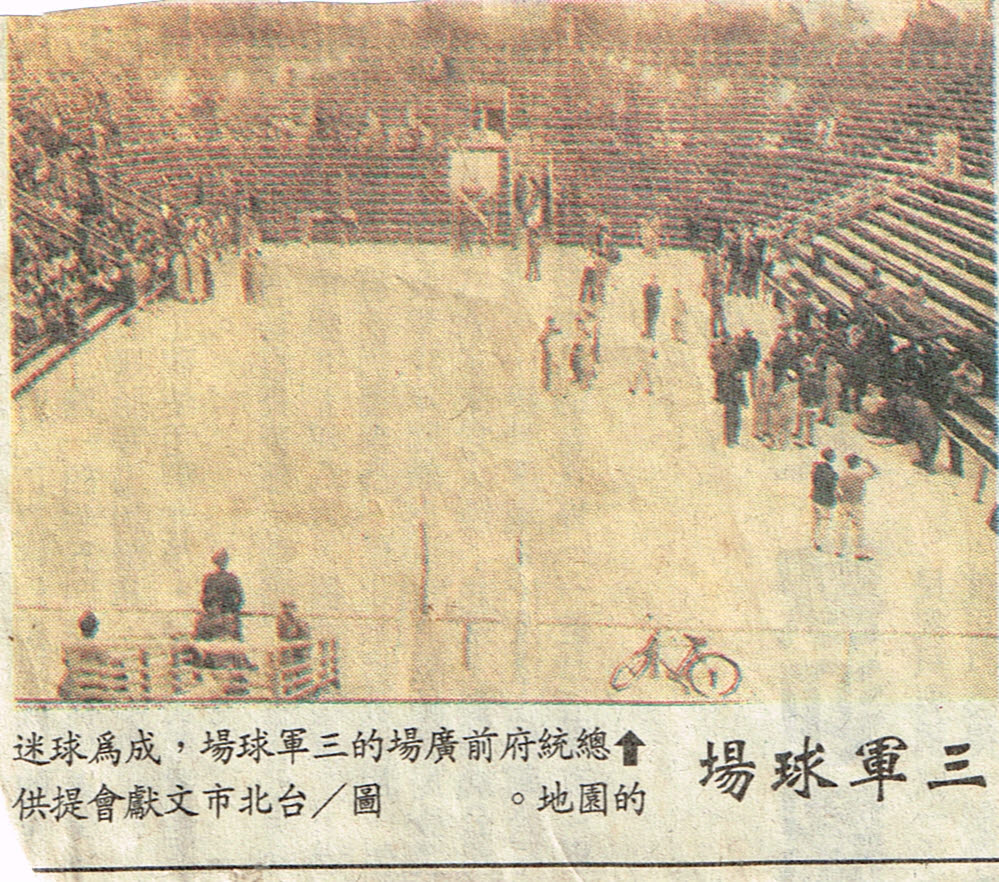Onions have emerged as a powerful natural food remedy for osteoporosis, known as 骨質疏鬆 in Chinese, providing benefits that many believe surpass conventional medications on the market. Here’s an in-depth look at how onions contribute to bone health and why they might offer advantages over pharmaceutical treatments.
- Rich in Nutrients that Support Bone Health
Calcium, Phosphorus, and Vitamin C: Onions contain essential nutrients like calcium and phosphorus, which are foundational for bone strength and density. Additionally, they are high in Vitamin C, an antioxidant that aids in collagen production, an important component for bone structure.
Quercetin: Onions are high in quercetin, a flavonoid known for its antioxidant and anti-inflammatory properties. Quercetin not only reduces oxidative stress on bones but also helps to preserve bone density by minimizing bone resorption.
- Natural Phytochemicals for Bone Preservation
Bone Resorption Inhibition: Studies show that onions contain phytochemicals, such as certain sulfur compounds, that inhibit the activity of osteoclasts—cells that break down bone tissue. By reducing the rate of bone resorption, onions help maintain bone density.
Stimulating Osteoblasts: Onions are also believed to support osteoblasts, the cells responsible for bone formation, encouraging bone regeneration and repair. This dual action makes onions particularly effective for people with osteoporosis.
- Hormonal Support Without Side Effects
Estrogen-Like Effects: Onions have mild estrogenic properties that mimic the bone-preserving effects of estrogen, which is especially beneficial for postmenopausal women at higher risk of osteoporosis. Unlike hormone replacement therapy, which can carry risks of side effects, onions provide these benefits without disrupting the body’s natural hormone balance.
No Adverse Effects on Other Systems: Unlike many osteoporosis medications, onions do not carry the risks associated with long-term use, such as gastrointestinal discomfort or potential kidney strain.
- Easily Integratable and Affordable
Daily Consumption and No Prescription Needed: Onions can be easily incorporated into everyday diets, from salads to soups, providing consistent and natural support for bone health. This convenience and accessibility are significant advantages over medications that may require monitoring or doctor’s visits.
Cost-Effective: Compared to prescription medications, onions are a highly economical option, available worldwide and accessible to people of all socioeconomic backgrounds.
- Comparative Effectiveness with Medications
Low Risk of Side Effects: Unlike bisphosphonates, common medications prescribed for osteoporosis that may lead to bone pain or fractures with prolonged use, onions pose minimal risk when consumed as part of a balanced diet.
No Dependency: While some osteoporosis medications can lead to dependency, onions, as a food, integrate seamlessly into one’s natural dietary habits, providing long-term benefits without the need for strict dosage management.
Conclusion
Onions serve as a potent, natural solution for osteoporosis by combining nutritional, phytochemical, and hormone-supporting benefits that directly aid bone health. Their safety, affordability, and ease of integration into daily meals make them an attractive alternative or supplement to conventional osteoporosis medications. While they may not replace all aspects of medical treatment, onions offer a holistic approach to managing and potentially improving bone health in a natural and sustainable way.
洋蔥已成為治療骨質疏鬆症(在中文中稱為骨質疏鬆)的強效天然食物療法,許多人認為它的益處超越了市面上的傳統藥物。以下是洋蔥對骨骼健康的貢獻及其可能優於藥物治療的原因。
- 富含有助於骨骼健康的營養素
鈣、磷和維生素C:洋蔥富含鈣和磷,這些是骨骼強度和密度的基礎營養。此外,它們含有大量的維生素C,這是一種抗氧化劑,有助於膠原蛋白的生成,而膠原蛋白是骨骼結構的重要成分。
槲皮素:洋蔥富含槲皮素,一種以抗氧化和抗炎特性著稱的類黃酮。槲皮素不僅可以減少骨骼的氧化壓力,還可以通過抑制骨吸收來幫助維持骨密度。
- 天然植物化學物質促進骨骼保護
抑制骨吸收:研究顯示,洋蔥含有一些植物化學物質,如特定的硫化合物,能抑制破骨細胞的活動,破骨細胞是負責分解骨組織的細胞。通過減少骨吸收率,洋蔥有助於保持骨密度。
促進成骨細胞:洋蔥還被認為可以支持成骨細胞(負責骨形成的細胞),促進骨骼再生和修復。這種雙重作用使洋蔥對患有骨質疏鬆症的人特別有效。
- 支持激素平衡且無副作用
類似雌激素的作用:洋蔥具有輕微的雌激素效應,模仿了雌激素對骨骼的保護作用,對於更年期後女性(骨質疏鬆風險較高)尤其有益。不同於荷爾蒙替代療法,洋蔥可以提供這些益處而不影響身體的自然激素平衡。
對其他系統無不良影響:與許多骨質疏鬆藥物不同,洋蔥長期食用不會產生如腸胃不適或潛在的腎臟壓力等風險。
- 易於整合並且經濟實惠
日常食用且無需處方:洋蔥可以輕鬆融入日常飲食,如沙拉、湯品等,提供穩定且天然的骨骼健康支持。這種便利性和可及性是藥物治療所無法相比的。
成本效益高:相比於處方藥,洋蔥是一種非常經濟實惠的選擇,在世界各地均易於獲得,並適合所有社會經濟背景的人群。
- 與藥物的比較優勢
低副作用風險:與雙磷酸鹽類藥物(常見的骨質疏鬆處方藥)相比,這些藥物的長期使用可能導致骨痛或骨折等問題,而食用洋蔥作為均衡飲食的一部分則風險較小。
無依賴性:一些骨質疏鬆藥物可能導致依賴性,而洋蔥作為食物,能夠自然融入人們的飲食習慣中,提供長期益處且無需嚴格的劑量管理。
結論
洋蔥通過營養、植物化學物質及激素支持的多重益處,成為一種強效的天然骨質疏鬆解決方案。其安全性、經濟性及易於融入日常餐食的特性,使其成為傳統骨質疏鬆藥物的吸引人替代品或補充方案。雖然它可能無法取代所有醫療治療,洋蔥卻能提供一種自然且可持續的方式來管理和潛在改善骨骼健康。
Ankara, CNA – Professor Tuk of the Agriculture Department at Turkey’s Uludag University emphasized that historical records show that onions have been used to cure various ailments for over 6,000 years. Medical evidence within Turkey has also demonstrated that onions can help prevent cancer and heart disease, with yellow and white onions being the most effective in treatment. In an office interview, Professor Tuk noted that the renowned American physician Victor Gurewich once advised his patients to eat raw onions to prevent heart disease, as onions can reduce cholesterol levels in the blood and cleanse the bloodstream.
Professor Tuk further explained that Gurewich emphasized the therapeutic benefits of eating raw onions over cooked or grilled ones.
According to Tuk, as early as 1923, scientific studies confirmed that onions can prevent blood clots, reduce blood pressure, and help manage diabetes due to their blood sugar-lowering effects. For a long time, many doctors have recommended that patients eat at least half an onion raw daily or drink a small glass of onion juice.
Tuk also pointed out that Russian scientists discovered through animal experiments that onions are an excellent natural antibiotic, capable of killing many germs in the body. Chewing onions can treat sores in the mouth and throat, and on the battlefield, they have been used as a poultice to treat soldiers’ wounds while also helping to relieve stress.
中央社安卡拉電. 土耳其國立烏魯達大學農業系教授土克強調.人類史上6000年前就有洋蔥可治百病的記錄.境內史上更有醫學證明洋蔥可預防癌症與心臟病.其中又以黃色籍白色的洋蔥治病效果最佳.土克在辦公室接受記者訪問談表示.美國著名醫學家谷爾維奇(victor gurewich) 曾告訴病人,要防止心臟病只要生吃洋蔥就可以,因為洋蔥可以降低血液中的膽固醇含量,清洗血液. 土克說, 谷爾維奇也強調生吃洋蔥的效果比主和烤過的洋蔥更具療效.
土克表示, 早在1923年科學家及已研究證實, 洋蔥可以預防血液中血塊形成, 預防血栓, 降低血壓, 並且由於洋蔥也能降低血糖, 因此也能治療糖尿病, 所以長久以來, 許多醫師都建議病人每天至少生吃半塊洋蔥或會飲下小杯的洋蔥汁.
土克同時指出, 俄羅斯科學家也經由動物實驗發現, 洋蔥也是最佳的天然抗生素, 能夠殺死動物體內許多病菌,如果放在嘴中咀嚼,也可以治療嘴及咽喉瘡腫, 此外, 在戰場上也用來作為敷藥以治療士兵的創傷, 同時也具有消除精神緊張作用.



